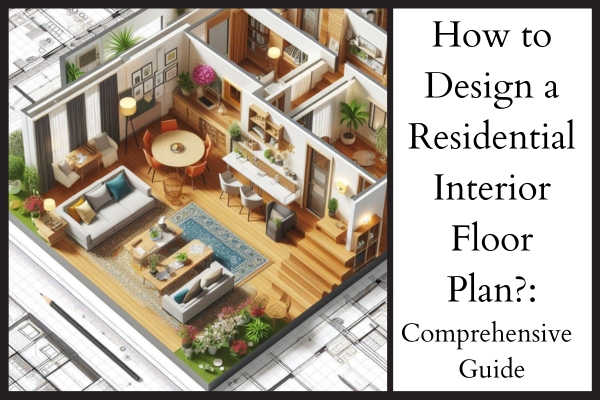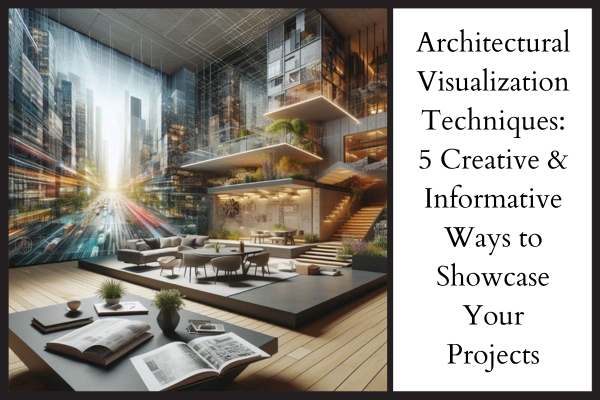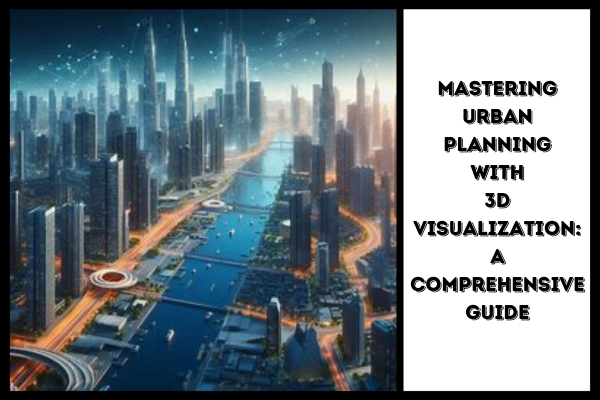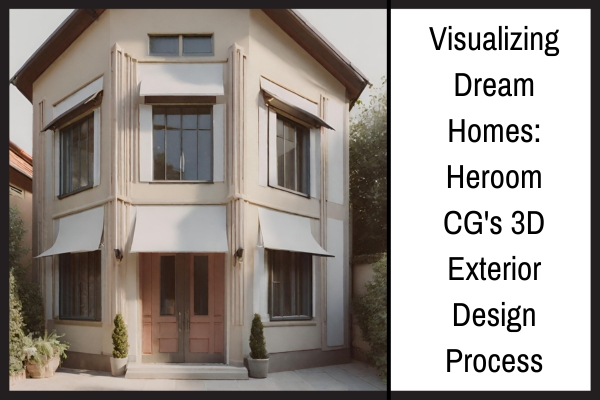In the dynamic realm of architectural visualization, 3D exterior rendering is a revolutionary tool that has transformed how we perceive and present architectural designs. This article delves into the intricacies of 3D exterior rendering, shedding light on its definition, applications, benefits, and why it has become an indispensable asset in the field of architecture.
Understanding 3D Exterior Rendering
Before we plunge into the depths of its applications, let’s grasp the essence of 3D exterior rendering. 3D exterior rendering is a sophisticated technology that employs advanced software to create lifelike, three-dimensional representations of building exteriors. This technique goes beyond traditional blueprints, offering a tangible visual experience that aids architects and designers in conveying their ideas more effectively.
Applications of 3D Exterior Rendering
1. Architectural Presentations
In the competitive world of architecture, the ability to showcase designs with unparalleled realism is a game-changer. 3D exterior rendering elevates architectural presentations by providing visually stunning and realistic depictions of proposed structures. This not only impresses clients but also facilitates a deeper understanding of design concepts, fostering effective communication between architects and stakeholders.
2. Marketing and Advertising
The real estate market thrives on visual appeal, and 3D exterior rendering has become an invaluable asset in marketing and advertising. This technology allows architects and developers to create captivating visuals that go beyond traditional photographs or 2D representations. The ability to present a property in its full glory before construction begins significantly impacts marketing campaigns, attracting potential buyers and investors.
3. Project Development and Planning
3D exterior rendering is pivotal in project development and planning, from the conceptual stage to the final blueprint. Architects can use this tool to identify design flaws, experiment with different styles, and make informed decisions that contribute to more efficient and successful projects. The visual clarity provided by 3D rendering aids in streamlining the entire development process.
4. Client Approval
Presenting a lifelike, 3D proposed building model to a client enhances the approval process. The realism offered by 3D exterior rendering aligns expectations and ensures client satisfaction. Clients can visualize the end product more clearly, confidently making decisions and minimizing the risk of misunderstandings during the construction phase.
The Advantages of 3D Exterior Rendering
Now that we’ve explored its applications let’s delve into the myriad advantages that make 3D exterior rendering an indispensable tool in the architectural toolbox.
1. Enhanced Visualization
Traditional blueprints can be challenging for clients to decipher. 3D exterior rendering eliminates this hurdle by offering a visually rich and realistic representation, making it easier for clients to envision the outcome. This enhanced visualization not only aids clients but also allows architects to showcase their creativity and design prowess more effectively.
2. Time and Cost Savings
Identifying design flaws early in the process is crucial for minimizing errors and reducing the need for costly revisions during construction. 3D exterior rendering facilitates this by providing a clear, detailed visualization that architects can analyze thoroughly. This process’s time and cost savings contribute to the project’s overall efficiency.
3. Customization and Flexibility
Architects can experiment with various design elements and styles, tailoring the visual representation to meet specific client preferences. This level of customization and flexibility is unparalleled, fostering creativity and innovation in architectural design. 3D exterior rendering empowers architects to push boundaries and explore unique concepts that may not be as easily communicated through traditional means.
Key Considerations for Implementing 3D Exterior Rendering
While 3D exterior rendering offers a plethora of benefits, its successful implementation requires careful consideration of certain factors.
1. Quality of Rendering Software
Investing in high-quality rendering software is paramount. The market offers a variety of options, each with its unique features. Choosing software that aligns with specific project requirements is crucial for achieving optimal results. 3D exterior rendering software should offer advanced features, realistic lighting simulations, and efficient rendering capabilities to ensure the creation of top-notch visualizations.
2. Detailed Specifications
To ensure accurate and realistic visualizations, architects must provide detailed specifications to rendering artists. This includes specific materials, textures, lighting conditions, and landscaping details. The more comprehensive the specifications, the more accurate and visually appealing the final renderings. Clear communication between architects and rendering artists is key to achieving the desired level of detail in 3D exterior rendering.
Conclusion: Embracing the Future of Architectural Visualization
In conclusion, 3D exterior rendering has transcended the boundaries of traditional architectural representation, ushering in a new era of visualization. Its applications range from architectural presentations and marketing to project development and client approval. The myriad advantages, including enhanced visualization, time and cost savings, and customization options, underscore its significance in the field. As technology continues to evolve, 3D exterior rendering remains at the forefront, revolutionizing how we bring architectural visions to life. Embrace the future of architectural visualization – embrace 3D exterior rendering.








